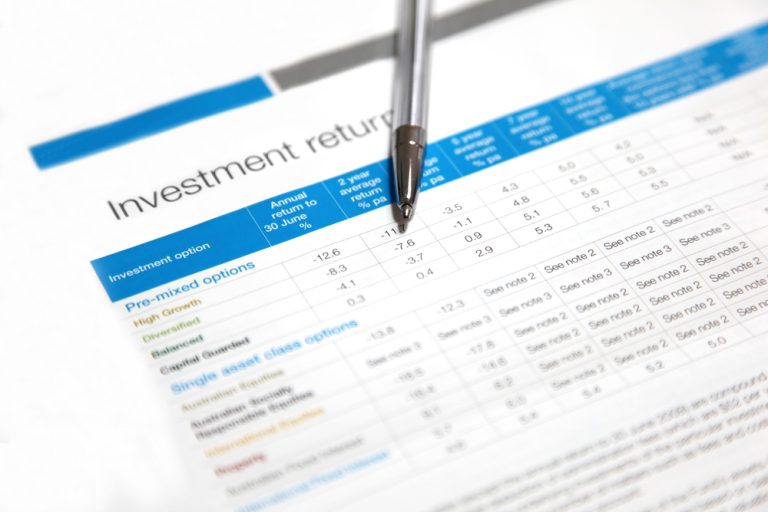Unlocking the mysteries of your super statement
Superannuation statements. Boring, right? But if, like many people, you toss your annual super statement in a drawer or hit delete, you could be depriving yourself of many thousands of…

Superannuation statements. Boring, right? But if, like many people, you toss your annual super statement in a drawer or hit delete, you could be depriving yourself of many thousands of…

While it’s easy to be discouraged by superannuation and fear you will never have enough money saved to stop working, remember even a modest superannuation balance can make a big…
End of content
End of content